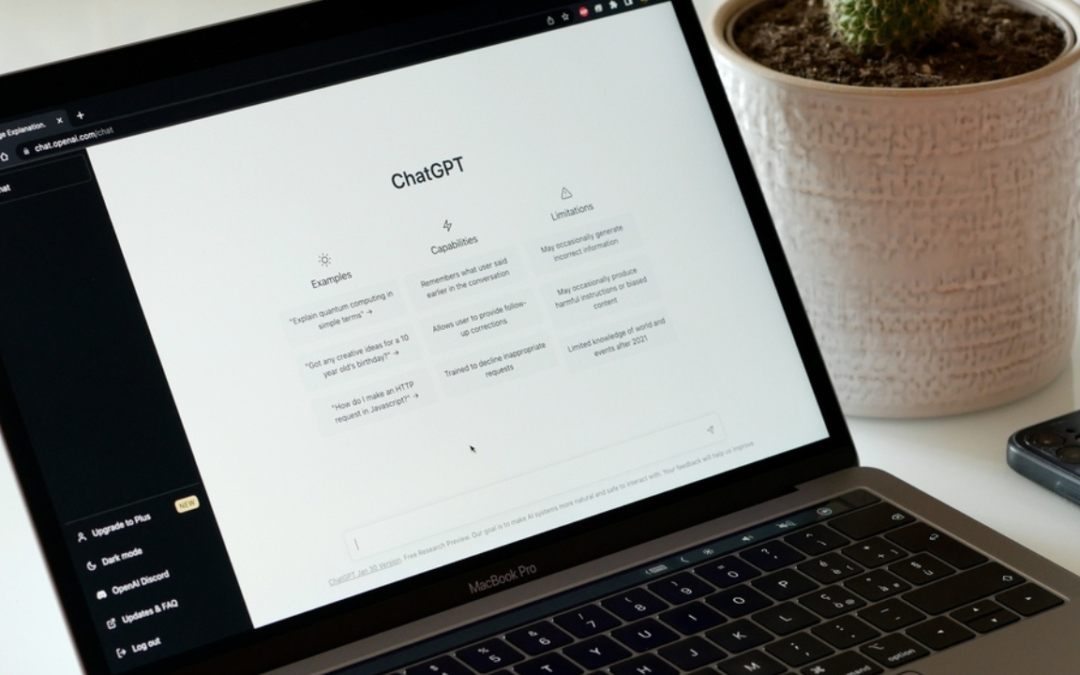Faith is the ability to believe in the improbable. That is not an indictment of any particular faith. Indeed, we all believe in myths, whether religious, political, economic, or social constructs. Without faith, human existence would feel impossible.
Yet when it comes to financial markets, where our hard-earned savings are at risk, we must be wary whenever collective faith becomes unhinged from subjective probability. Increasingly, that appears to be the case today.
This year, global equity markets have gotten off to a strong start, rising by 5-10%, depending on the index. Last week, however, global equities suffered their first weekly decline of 2023, with major indices dipping roughly one percent. Simultaneously, bond yields rose.
Recent setbacks in stocks and bonds may simply be an overdue market correction. Or maybe not. Beneath short-term market gyrations, we think it is important to note the emergence of important disconnects between investor sentiment and the fundamentals.
For one, markets and the Federal Reserve are increasingly at odds. The shape of the yield curve over the next two years—rising, then falling—is a clear indication that investors anticipate a few more quarter point Fed rate hikes, followed by an easing beginning by year end.
Meanwhile, the Fed has purposefully sidestepped any opportunity to signal a pause in its rate-hiking cycle. Notwithstanding falling inflation (which on an annualized three-month basis is now near 2%), weakness in leading indicators, and an inverted yield curve, the Fed is steadfastly sticking to its view that labor market tightness (and by extension, rising wages) poses an ongoing challenge to the achievement of its inflation target.
The Fed, in short, is in no mood to validate market expectations of a pivot to rate cuts later this year.
Meanwhile, corporate profits are weakening. With roughly two thirds of S&P500 companies having reported for Q4 2022, positive earnings surprises are below their decade averages, according to FactSet. US profits growth is tracking to decline -4.9% year-on-year for the final quarter of 2022, its first such drop since the pandemic. The failure of companies to beat analyst expectations is also shown by the fact that reported earnings are 1.5 percentage points worse than the consensus of analysts expected prior to the earnings season. Indeed, analysts now forecast declining profits for the next two quarters before a recovery by year end.
Even that degree of pessimism may not be enough. With the Fed signalling ‘tight for longer’, the risk for second half 2023 corporate profits is skewed to the downside. Should a US recession begin in late 2023, history suggests that both analysts and investors will underestimate the negative impact on profits caused by margin compression. Indeed, every single postwar recession has been accompanied by a fall in corporate profits and a compression of profit margins. In all recessions since 1970, barring the 1990 downturn, profits recessions also induced negative equity market returns.
So, here’s the point of contention. Equity markets have zipped higher this year, despite facing the headwinds of a stubborn Federal Reserve and weak corporate profits. Is that a triumph of faith over reality?
Well, to an extent, the recovery of equity markets this year makes sense. After all, a combination of decelerating inflation and healthy US jobs growth has reduced the risk of either runaway inflation or an imminent hard landing. When the risk of extreme events falls, equity valuations ought to rise.
In addition, China’s long overdue relaxation of Covid restrictions accompanied by fiscal and credit easing is lifting growth and profits expectations outside the US. Chinese companies and those who do business with them have good reasons to expect higher revenues and profits ahead.
While it is logical for equities to respond to those positive developments, rising share prices in the context of weak profits pulls forward future returns to the present. The result is that tomorrow’s good news, if it materializes, is already in the price – not much room for error.
But where faith begins to defy logic is in the market’s views about the Fed. Expectations for a Fed pivot look extreme, particularly when seen in the context of growth and profits expectations.
After all, to the extent markets anticipate a soft landing—which is a key reason behind this year’s rally—then the Fed may pause, but it is unlikely to pivot. If inflation drops toward the Fed’s target but unemployment remains low, why should the Fed be in a hurry to unwind its rate hikes?
Rather, if the Fed pivots by year end, the precondition will be a US recession, with damaging implications for corporate profits.
In short, it increasingly looks like investors want to have their cake and eat it, too. They simultaneously believe in a soft landing and a rapid Fed easing pivot. That’s a stretch, and a clear sign that markets are priced to perfection.
Maybe it is investors who should be giving pause.
To be sure, a shift in today’s rosy expectations requires a catalyst. Rising bond yields, which hurt stocks last week, may not go up enough to be that event. The corporate earnings season is now winding down, so poor profits news might not do it either. Weakness in final demand is the most likely candidate. Total spending could soon falter owing to higher interest rates, weaker government outlays, and an end of consumer pent-up demand.
Whatever the catalyst, it is inevitable that something will come along to challenge investor faith in this Panglossian state, the best of all possible worlds.
The bottom line? Miracles happen, but it is generally unwise to base an investment strategy on them.



